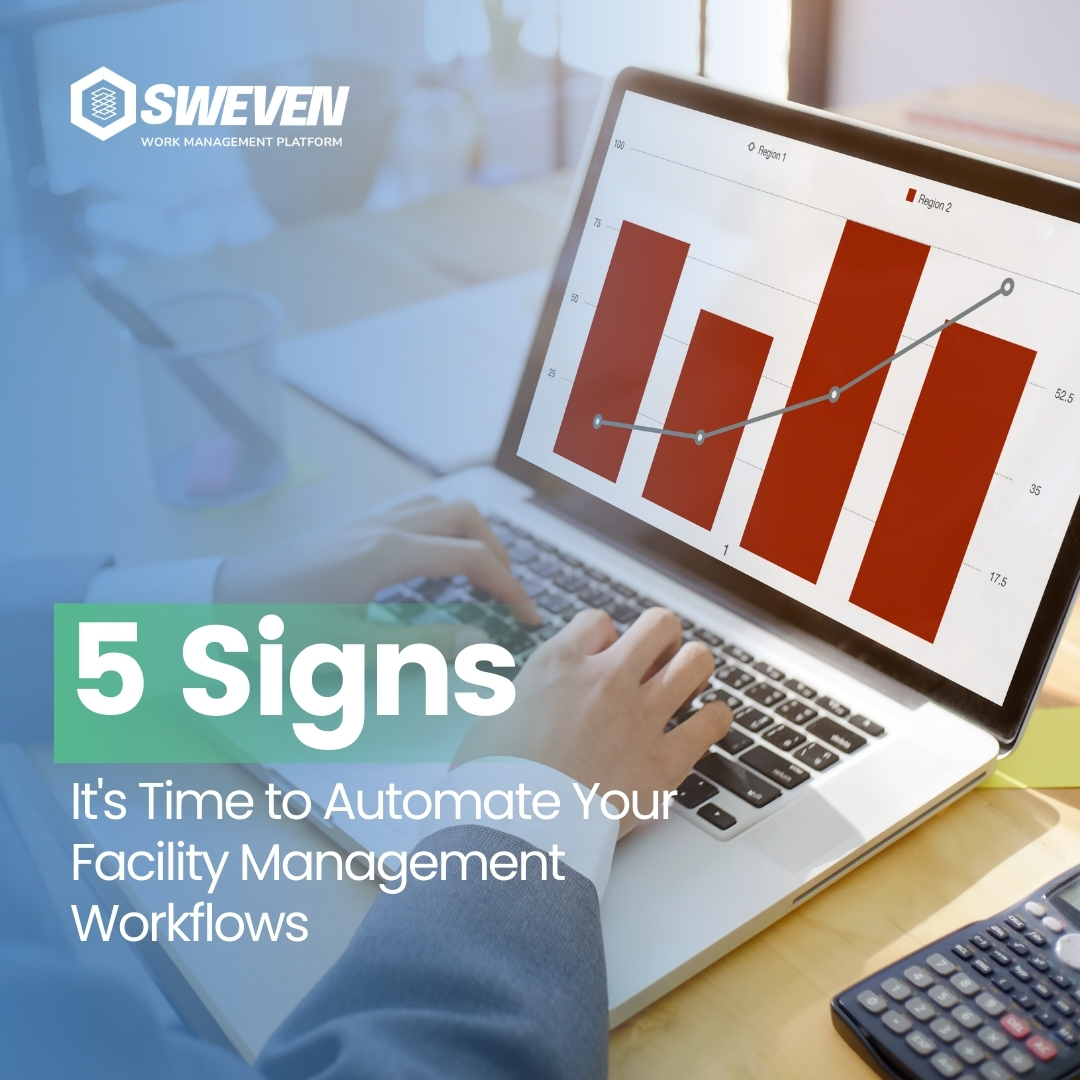The relationship between vendors and facility managers is critical for ensuring operational efficiency, cost savings, and timely project execution. However, challenges such as miscommunication, fragmented processes, and lack of visibility often strain this relationship. Enter aggregators, platforms that act as intermediaries, connecting vendors and facility managers while streamlining operations and improving collaboration.

This article explores how aggregators are revolutionizing vendor-facility manager interactions, the benefits they bring, and how Sweven BPM can further enhance these synergies.
Understanding Aggregators
Aggregators are platforms or services that consolidate offerings from multiple vendors and present them to facility managers in a unified interface. They provide a centralized solution for sourcing, managing, and evaluating vendors, eliminating inefficiencies and fostering better partnerships.
These platforms are especially valuable in industries where managing multiple vendors is complex, such as construction, maintenance, and supply chain logistics.
Key Benefits of Aggregators for Facility Managers and Vendors
1. Centralized Vendor Management
Facility managers can access a pool of vetted vendors through a single platform, eliminating the need to interact with multiple service providers independently.
- Vendor Perspective: Vendors gain visibility to a broader client base, increasing opportunities for collaboration.
2. Streamlined Communication
Aggregators facilitate real-time communication between vendors and facility managers, ensuring everyone is aligned on project requirements, timelines, and deliverables.
- Example: A facility manager can post a maintenance request, and vendors can respond instantly with quotes or clarifications.
3. Enhanced Transparency
With aggregators, all stakeholders gain visibility into project milestones, vendor performance, and compliance with Service Level Agreements (SLAs). This transparency fosters trust and accountability.
- Example: Facility managers can track vendor adherence to project deadlines using integrated dashboards.
4. Cost Efficiency
Aggregators often include competitive bidding features, allowing facility managers to compare vendor pricing and choose the best fit for their budget.
- Example: Facility managers can request multiple quotes for HVAC maintenance and select the vendor offering the most value.
5. Data-Driven Decision Making
Aggregators provide analytics on vendor performance, pricing trends, and project outcomes, enabling facility managers to make informed decisions.

Challenges Aggregators Address
1. Fragmented Vendor Ecosystems
Facility managers often struggle with a lack of cohesion among multiple vendors, leading to inefficiencies. Aggregators unify these relationships under one platform.
2. Inconsistent Quality Standards
Aggregators typically vet vendors, ensuring that facility managers only work with qualified and reliable service providers.
3. Poor Issue Resolution
Disputes between vendors and facility managers can escalate due to a lack of structured resolution mechanisms. Aggregators often provide built-in tools for dispute management and escalation.
How Aggregators Improve Vendor Relationships
- Standardized Processes
Aggregators enforce uniform processes for vendor selection, onboarding, and performance evaluation, ensuring consistency across the board. - Proactive Problem Solving
Real-time communication and tracking features enable facility managers and vendors to address potential issues before they escalate. - Stronger Partnerships
By providing insights into vendor performance and fostering collaboration, aggregators help facility managers identify high-performing vendors and build long-term relationships.
How Sweven BPM Enhances Aggregator Effectiveness
While aggregators bridge the gap between vendors and facility managers, Sweven BPM takes collaboration to the next level by offering tools that streamline workflows, enhance visibility, and optimize decision-making.
1. Unified Workflow Automation
Sweven BPM integrates seamlessly with aggregator platforms, automating workflows like vendor selection, approvals, and task assignments. This reduces manual intervention and accelerates project timelines.
2. Real-Time Data Insights
With Sweven BPM’s robust analytics capabilities, facility managers can evaluate vendor performance, track SLA compliance, and identify cost-saving opportunities directly from the aggregator platform.
3. Customized Vendor Scorecards
Sweven BPM allows facility managers to create custom vendor scorecards that evaluate criteria such as timeliness, quality, and adherence to compliance. These insights drive better vendor selection and performance optimization.
4. Advanced Communication Tools
Sweven BPM enhances aggregator communication by integrating chatbots, notifications, and collaborative dashboards, ensuring seamless interaction between vendors and facility managers.
5. Scalable Solutions
As facilities grow in complexity, Sweven BPM scales effortlessly, accommodating new vendors, expanding workflows, and integrating with advanced aggregator features.
6. Issue Escalation and Resolution
Sweven BPM provides structured workflows for dispute resolution, ensuring swift and fair outcomes for vendors and facility managers alike.

Conclusion
Aggregators are revolutionizing vendor and facility manager relationships by providing centralized platforms for communication, transparency, and collaboration. They address many of the pain points that have historically hindered these partnerships, fostering efficiency and trust.
Sweven BPM complements aggregator platforms by offering advanced tools that enhance workflow automation, decision-making, and communication. Together, they empower vendors and facility managers to achieve seamless collaboration, meet project goals, and exceed client expectations.
Ready to transform your vendor-facility manager relationship? Explore how Sweven BPM can amplify your aggregator experience today.
























